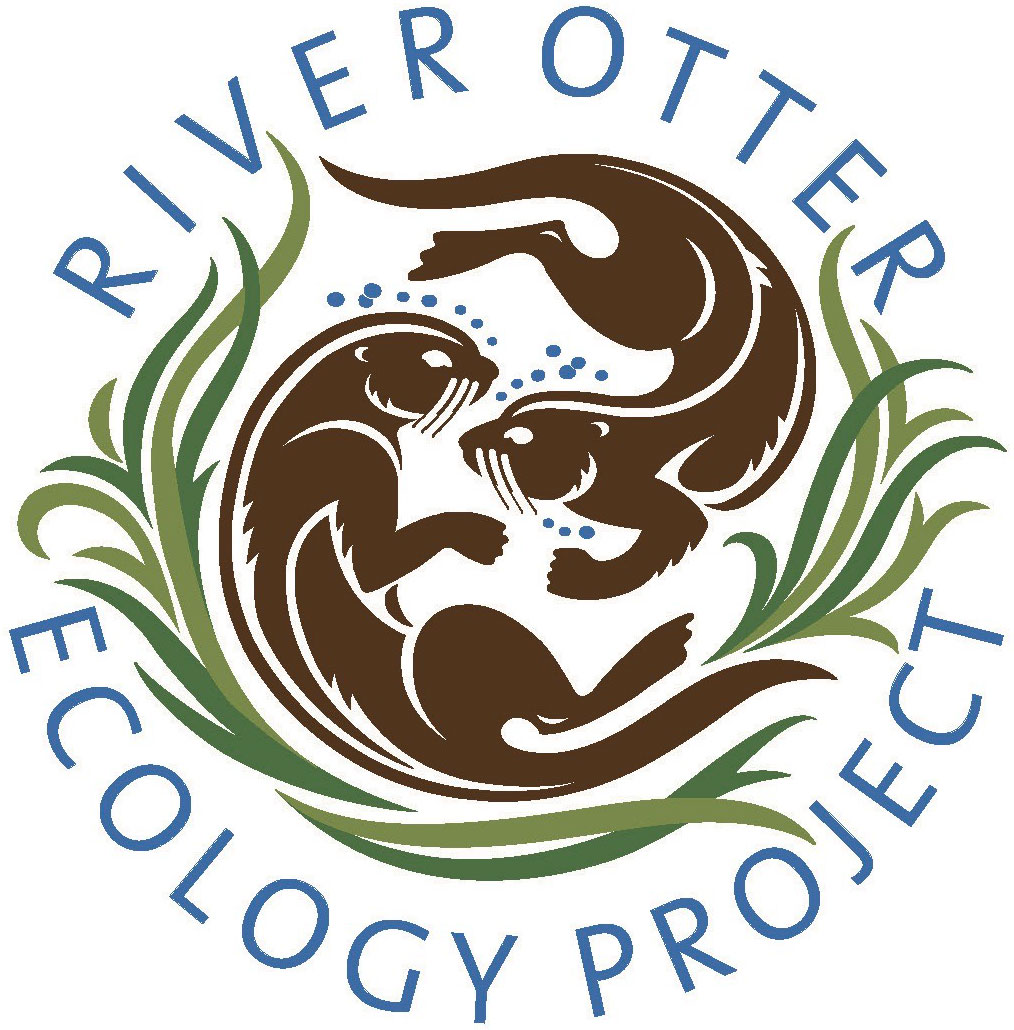Raccoon

The name ”raccoon“ came from an Algonquian Native American word “arakun”, which translates to ”he scratches with his hands.“ A raccoon has forepaws that are shaped like a very small human hand, with five fingers and impressive dexterity. Even their hind paws look like human feet and are equipped with long claws for digging and climbing.
Raccoons live in many different environments but generally prefer riparian or wetland regions. Urbanization and land development have taken a majority of these natural romping grounds away from the raccoon and rather than diminish, these hardy critters adapted and flourished.
Raccoons have adapted to urban living so well that they do not fear people like most wild animals. They have also developed a special knack for toppling garbage cans, rolling back lawns for food and nesting in attics.
Raccoons are omnivorous and eat crayfish, birds, mammals, fish, eggs, insects, earthworms, frogs, berries, nuts, fruits, vegetable matter, and carrion.
Raccoons mate and give birth to young from March-June. Raccoon cubs are born quite helpless, with closed eyes and ears that will not to open until 2-3 weeks after birth. Cubs are also very vocal and many mews, purrs, wails, screeches, and growls emanate from dens. Cubs learn to walk at the age of 4-6 weeks and will be able to run and climb by the 7th week after birth.
The River Otter Ecology Project is a registered 501 (c)(3) EIN #45-4997526 non-profit organization dedicated to the welfare of river otters and our watershed. We receive no government funding, and depend solely on financial support from our friends. Our organization is not affiliated with any other otter-related research group or community outreach organization.
© 2018 River Otter Ecology Project
Contact
River Otter Ecology Project
PO Box 103
Forest Knolls, CA 94933
General email
